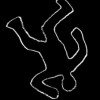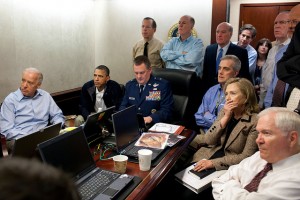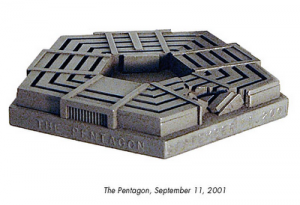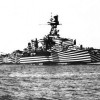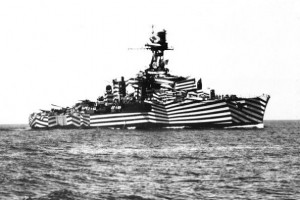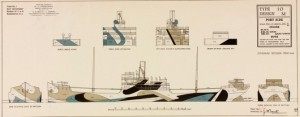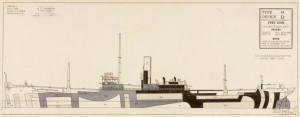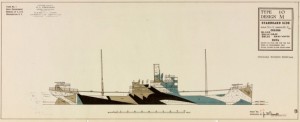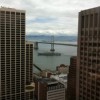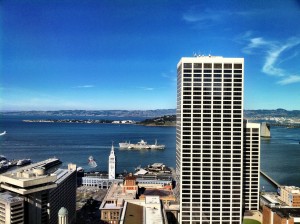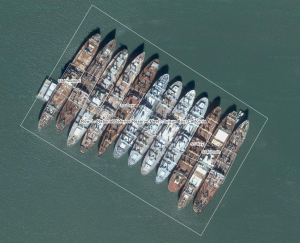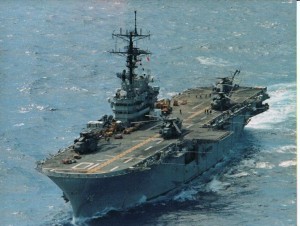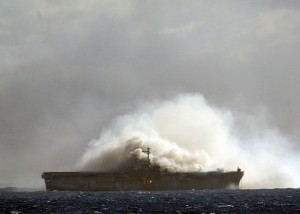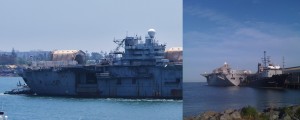
How did we get here? How did the referent of this icon most of us have never seen, held, or operated become the iconic “bomb”?
Bombs in the Looney-verse
Until some young age, most of my “understanding” of explosives derived from Looney Tunes (a questionable reference when it comes to the operation of weapons and deadly objects, to be sure). While even the most obsolete objects and interactions therein depicted became more familiar, one remained elusive longer than the others.

Though they were also essential explosive furniture in the cartoon lexicon, most others (the stick of dynamite, the time bomb–i.e., the cluster of sticks of dynamite with a clock and curly wires attached–and the plunger detonator) had some overlap with movies and TV: miners, bandits, hostage-takers. And of course, there’s the perennial variant: a ticking box (perhaps presented to the antagonist with a bow affixed), at once both innocuous and ominous from our usually omniscient perspective.
So for this young boy they were more clearly anchored in “reality”. But the cartoon bomb with that familiar form, like a small bowling ball with the protruding plug and dangling fuse, where did that come from? I barely saw it anywhere except in the hands of Bugs Bunny.
Outside of the Looney-verse, it was more often in the arsenal of a frock coat- and top hat-clad ne’er-do-well with a curling moustache (I’m not going to belabor the morphology of the villain; he’s further down in the Contours of Catastrophe hopper), though it could sometimes fall into the hands of a hapless innocent like Buster Keaton (speaking of silent movie stars and phony bombs, there’s actually a spot-on germane Harold Lloyd story on the topic.)

Then there are a few odd variations. This one has an embedded clock:
[youtube]http://www.youtube.com/watch?v=Vm0JunSSHsI[/youtube]
And it even features in one of the notorious Danish Mohammed cartoons.
Consider both the pre-20th century grenade (and when I say “pre-“, I mean that one might go back as far as a millenium) and an 18th century mortar. Something like it could indeed be lit, and handled/thrown manually, or, in the case of the mortar, be dropped down a tube to be propelled in the direction of the enemy. With regard to the grenade, it’s long-since been superseded by the more familiar “pineapple” form factor, or, in the case of depictions of battle with Germans, the “stick grenade”.

This is probably a unique opportunity to mention the similarity of this device to the petard (as in “hoist by own…”):

Where, when and how did it embed itself in the collective unconscious?
Haymarket

Harper's Weekly, 1886
Those who’ve read the prior installment will be familiar with my assertions that the outline of the bin Laden compound, or the abortive vector of the Challenger, asserted themselves with their power and through the ubiquity of repetition, as well as the singular viewpoint. In the case of the “bomb” one source might be the accounts of the Haymarket event and subsequent trial, where images of similar bombs from the home of one of the conspirators were trotted out and printed repeatedly.

Incidentally, the Wikipedia entry’s assertion that Haymarket is one of the sources of the “bomb-throwing anarchist” (As well as the origin of May Day) sort of overlaps with this and the promised forthcoming “Contours…” post. Indeed, the “bomb-throwing anarchist” is a bit of a trope of its own, captured even in song:
In an anarchist’s garret, so lowly and so mean
Oh, smell the pungent odor of nitro-glycerine.
They’re busy making fuses, and filling cans with nails
And the little Slavic children set up this mournful wail.
Oh, its Sister Jenny’s turn to throw the bomb;
The last one it was thrown by Brother Thom.
Poor Mamma’s aim is bad and the Copskys all know Dad,
So it’s Sister Jenny’s turn to throw the bomb.
Other Explosives in the Looney-verse
Here, Foghorn Leghorn bequeaths an odd hybrid of the globular cartoon bomb and the time bomb:
[youtube]http://www.youtube.com/watch?v=_M_Q8Pz6gzk[/youtube]
The stick of dynamite is nearly ubiquitous. These are often somewhat helpfully labeled “TNT” (though they’re nitroglycerin sticks, at least the label indicates something analogous to “dangerous” to someone who can read and parse), especially in the Road Runner bits (Wile E. Coyote being an avid user of mail-order explosives), where everything seems to be labeled.
Here Bugs produces a rather unique IED in the form of poultry:
[youtube]http://www.youtube.com/watch?v=wE46dlD2j2I[/youtube]
I was going to segue into the next bit by citing aerial explosives in cartoons, and the morphological similarities especially to the Little Boy bomb, but alas, I’ve run fresh out of YouTube-scouring gas.
“The Bomb”
The last Contours of Catastrophe entry referenced the Challenger disaster and the telltale shape of smoke, vapor, etc, especially when viewed and captured from a distance, which lends an archetypal sameness to the images and flatness of vantage point. In each case, the active agent (the shuttle, the bomb-dropping plane, the bomb itself) has been obliterated. The iconic image is that of a trace, a footprint, a “signature”. And the ultimate instance of this (along with the cross occupying nearly the apex) is the mushroom cloud. It’s an artifact of not only a singular destructive act but also a distinct physical process, yet when it comes to the identification and association of the image, neither seem to matter.
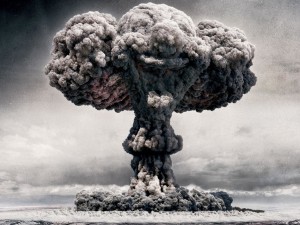
Look closely, and see a classic instance of the Mushroom Cloud Meme at work...
On the other end of the semiotic spectrum, and perhaps as a palate-cleanser, theres this bit from an Oppenheimer interview in 1965 (apologies for the brevity and sensational score):
[youtube]http://www.youtube.com/watch?v=P6ncKNqfxk0[/youtube]











